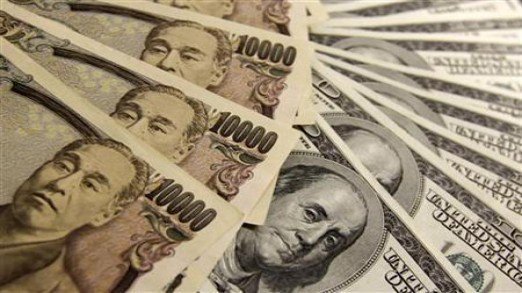
Earlier, the reserves had spiralled downwards, falling below the $7-billion mark, which raised concern over Pakistan's ability to meet its financing requirements. However, financial assistance from the United Arab Emirates (UAE), Saudi Arabia and other friendly nations helped shore up the foreign exchange reserves.
On December 6, the foreign currency reserves held by the SBP were recorded at $9,233.6 million, up $120.7 million compared with $9,112.9 million in the previous week.
According to SBP data, such levels were last seen on April 26, 2019.
"During the week ending December 6, SBP made a repayment of Pakistan International Sukuk of $1 billion," the central bank stated. After accounting for multilateral and other official inflows during the week, SBP reserves increased by $121 million, it added.
The central bank also received inflows worth $1.3 billion from the Asian Development Bank on December 9.
"These funds will be part of the SBP weekly reserves data as of December 13, 2019, to be released on December 19," the statement added.
Overall, liquid foreign currency reserves held by the country, including net reserves held by banks other than the SBP, stood at $16,048.1 million. Net reserves held by banks amounted to $6,814.5 million.
Pakistan received the first loan tranche of $991.4 million from the International Monetary Fund (IMF) on July 9, which helped bolster the reserves. Previously, the reserves had jumped on account of $2.5 billion in inflows from China.
Over time, the declining reserves have forced the central bank to let the rupee depreciate massively, sparking concern about the country's ability to finance a hefty import bill as well as meet debt obligations in coming months.
The SBP also received $350 million under the Coalition Support Fund (CSF) earlier.
In January last year, the SBP made a $500-million loan repayment to the State Administration of Foreign Exchange (SAFE), China.





1719053250-0/BeFunky-collage-(5)1719053250-0-270x192.webp)











COMMENTS
Comments are moderated and generally will be posted if they are on-topic and not abusive.
For more information, please see our Comments FAQ